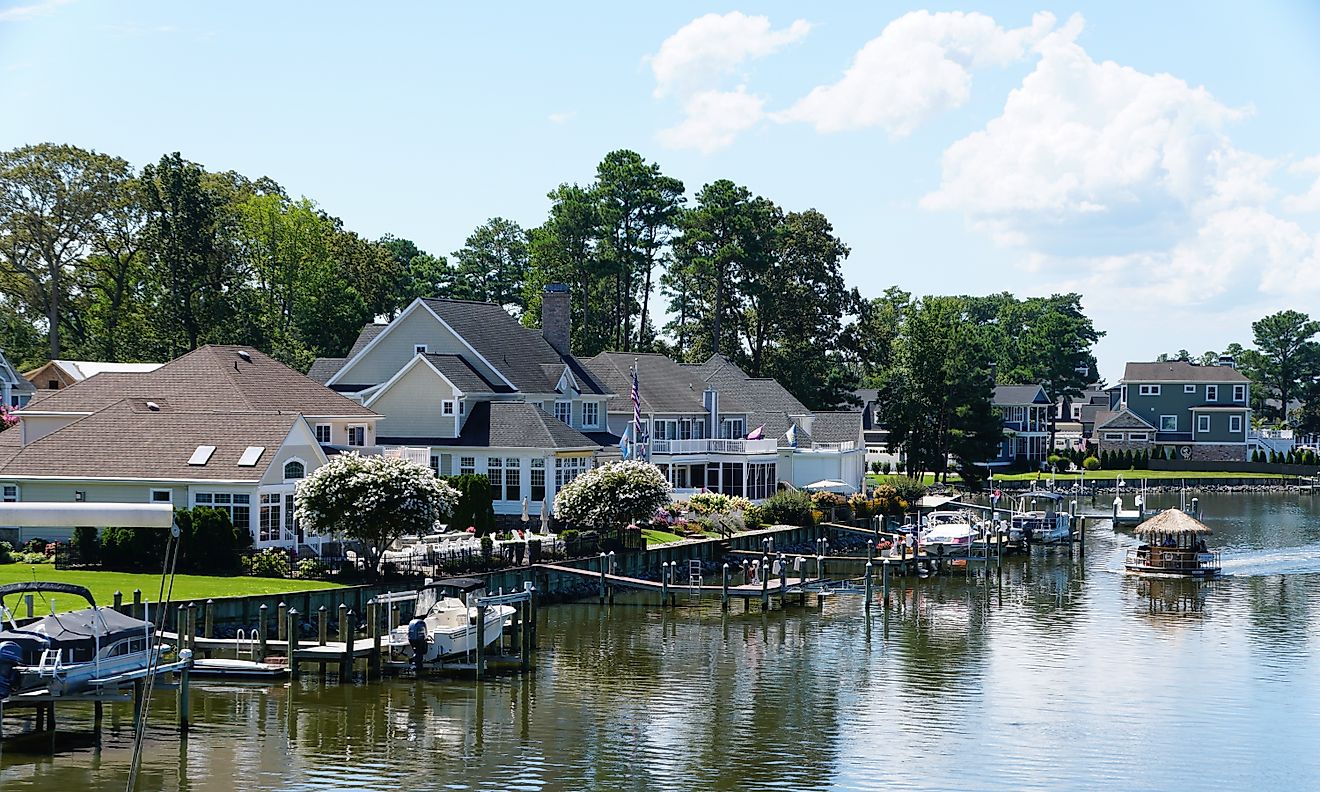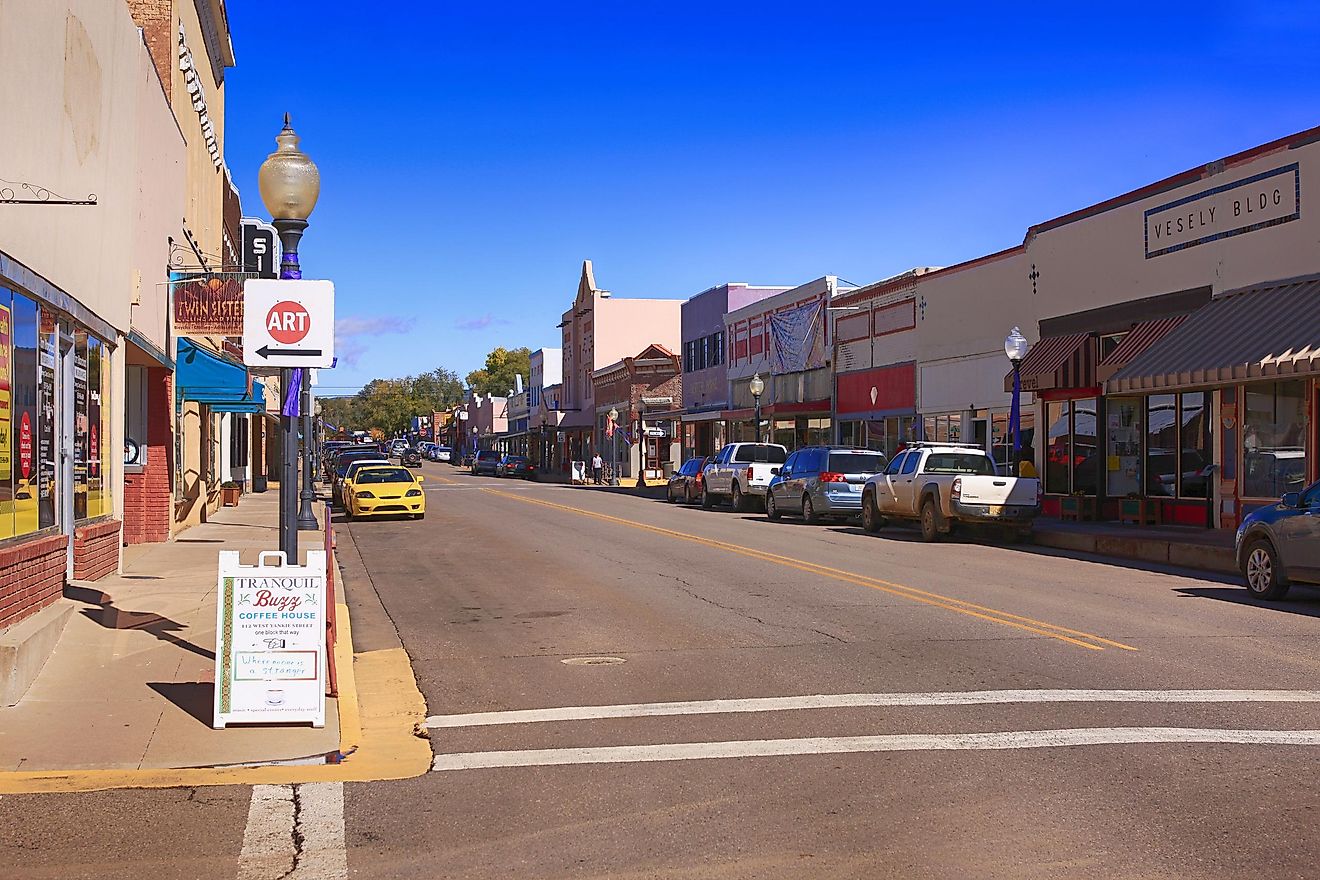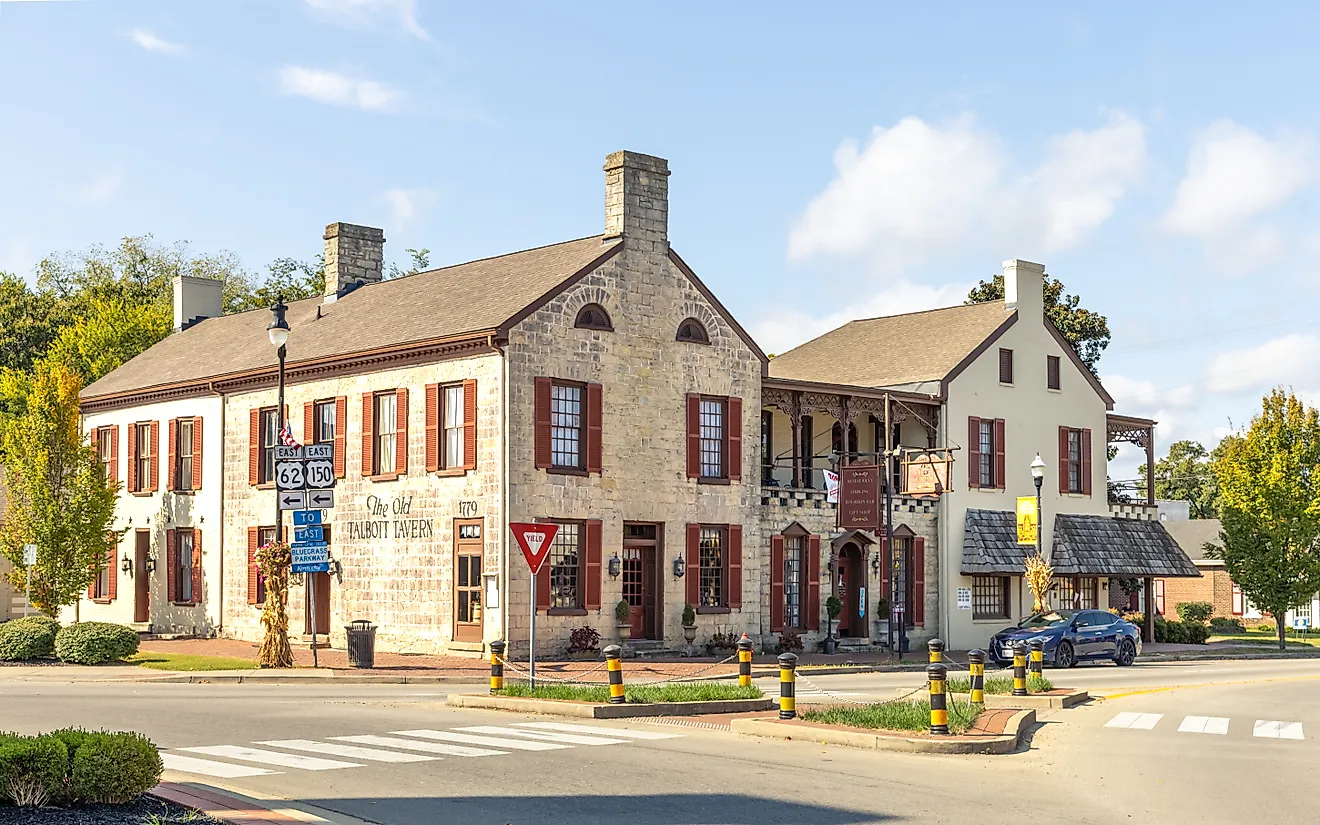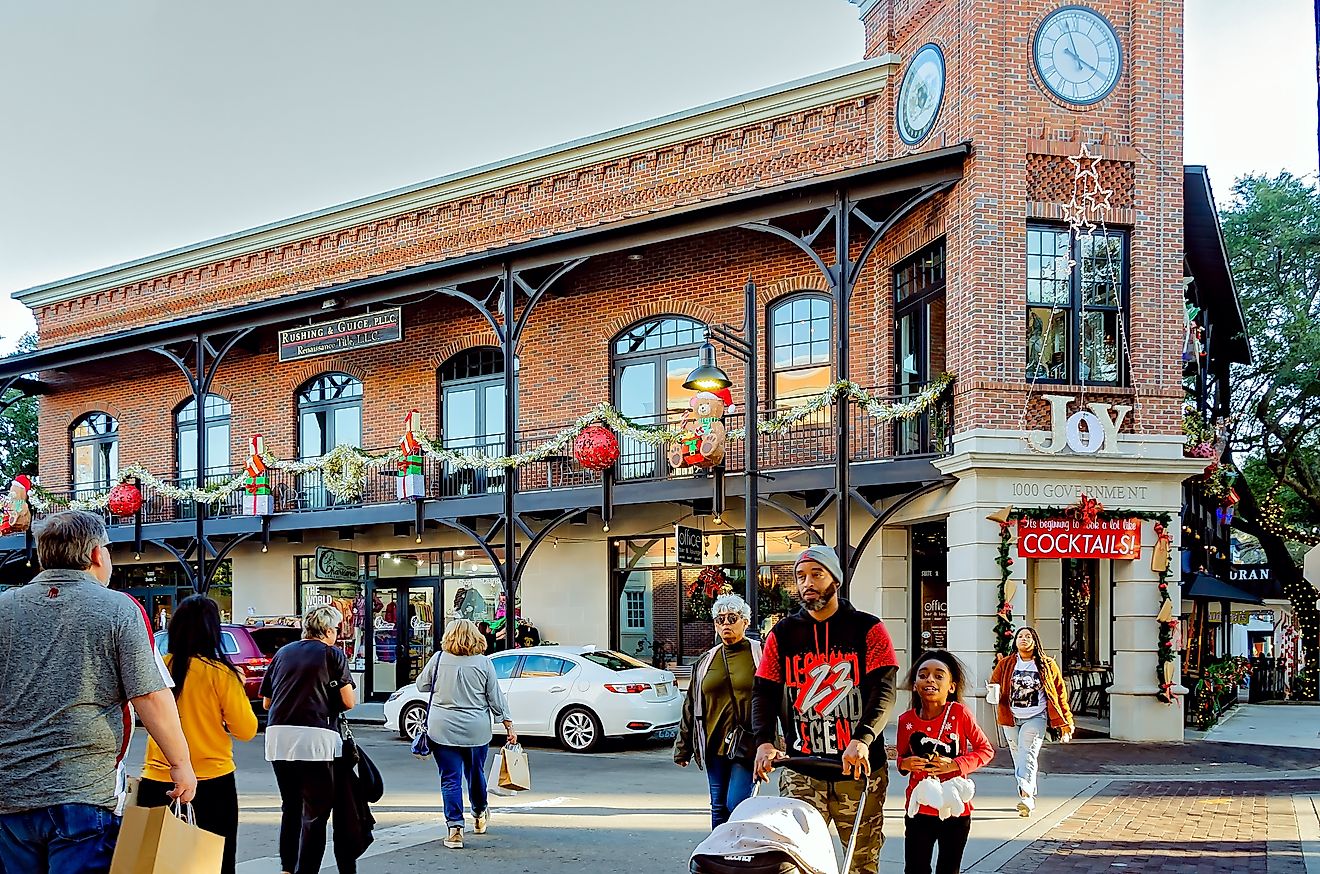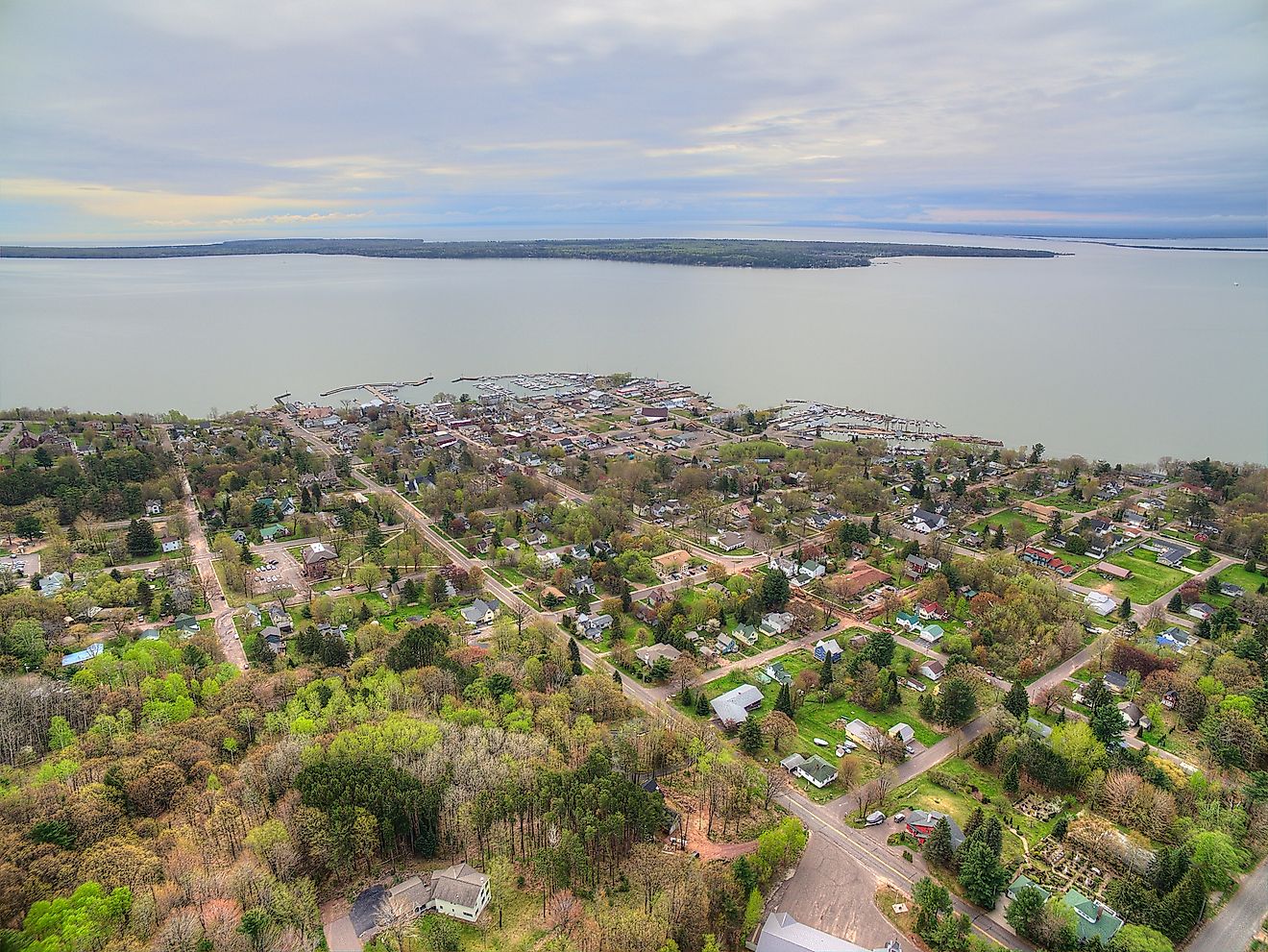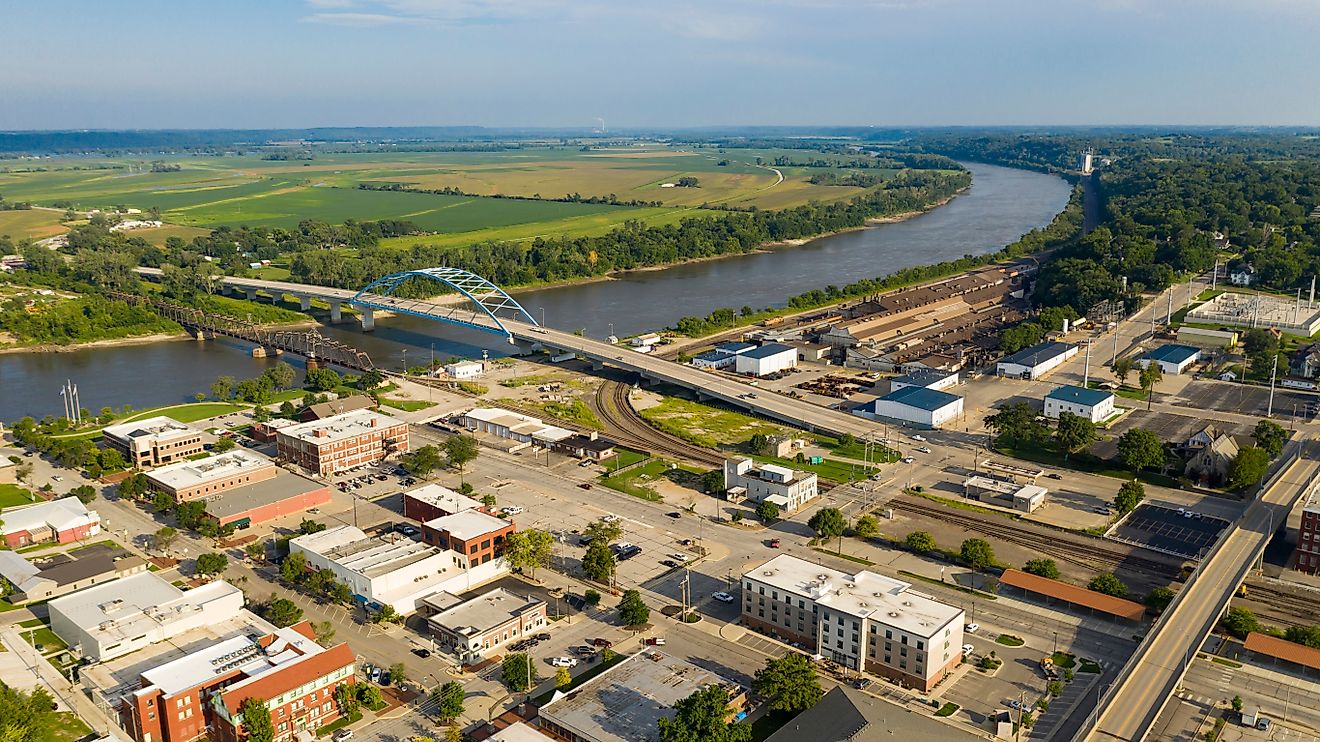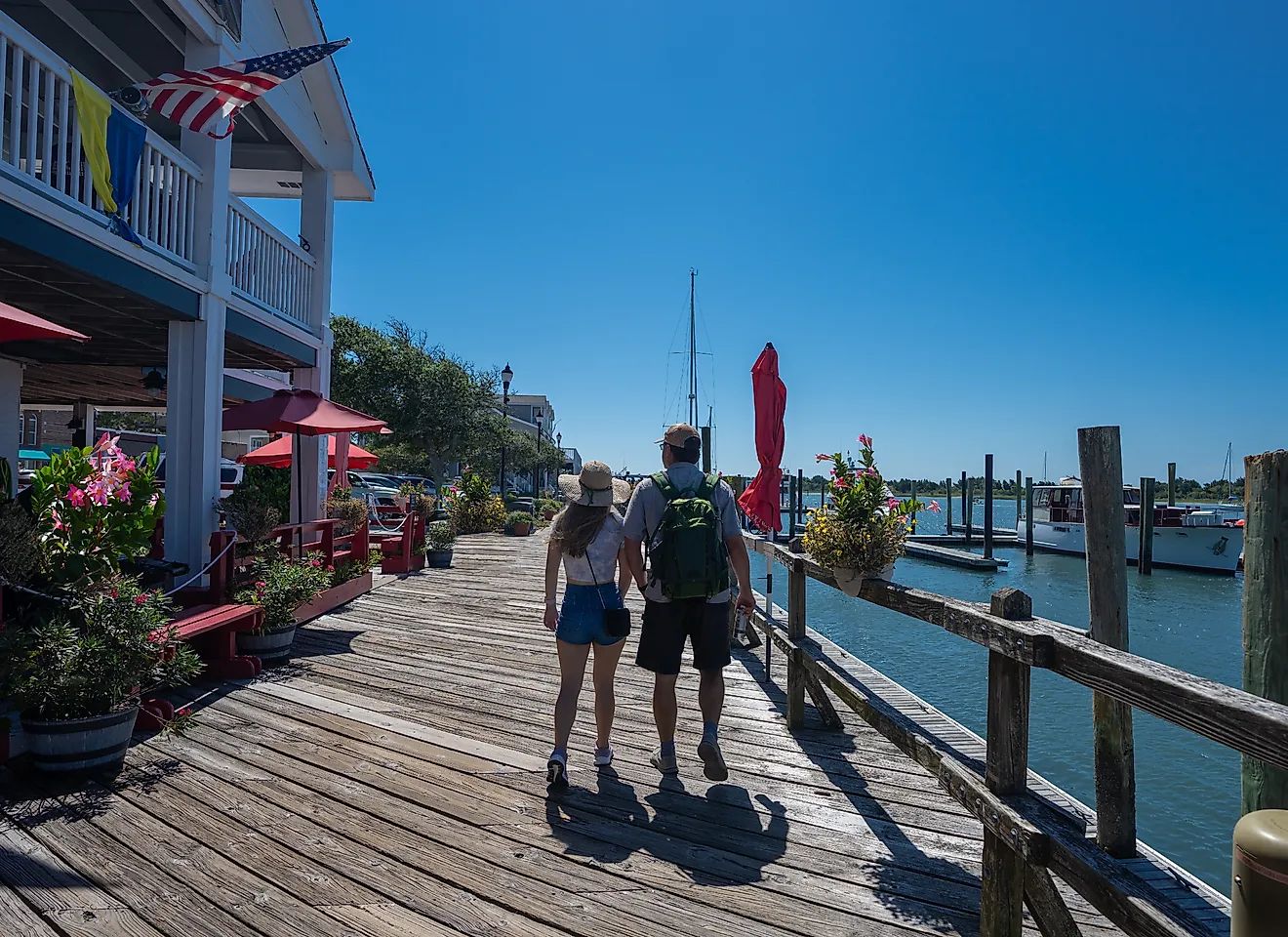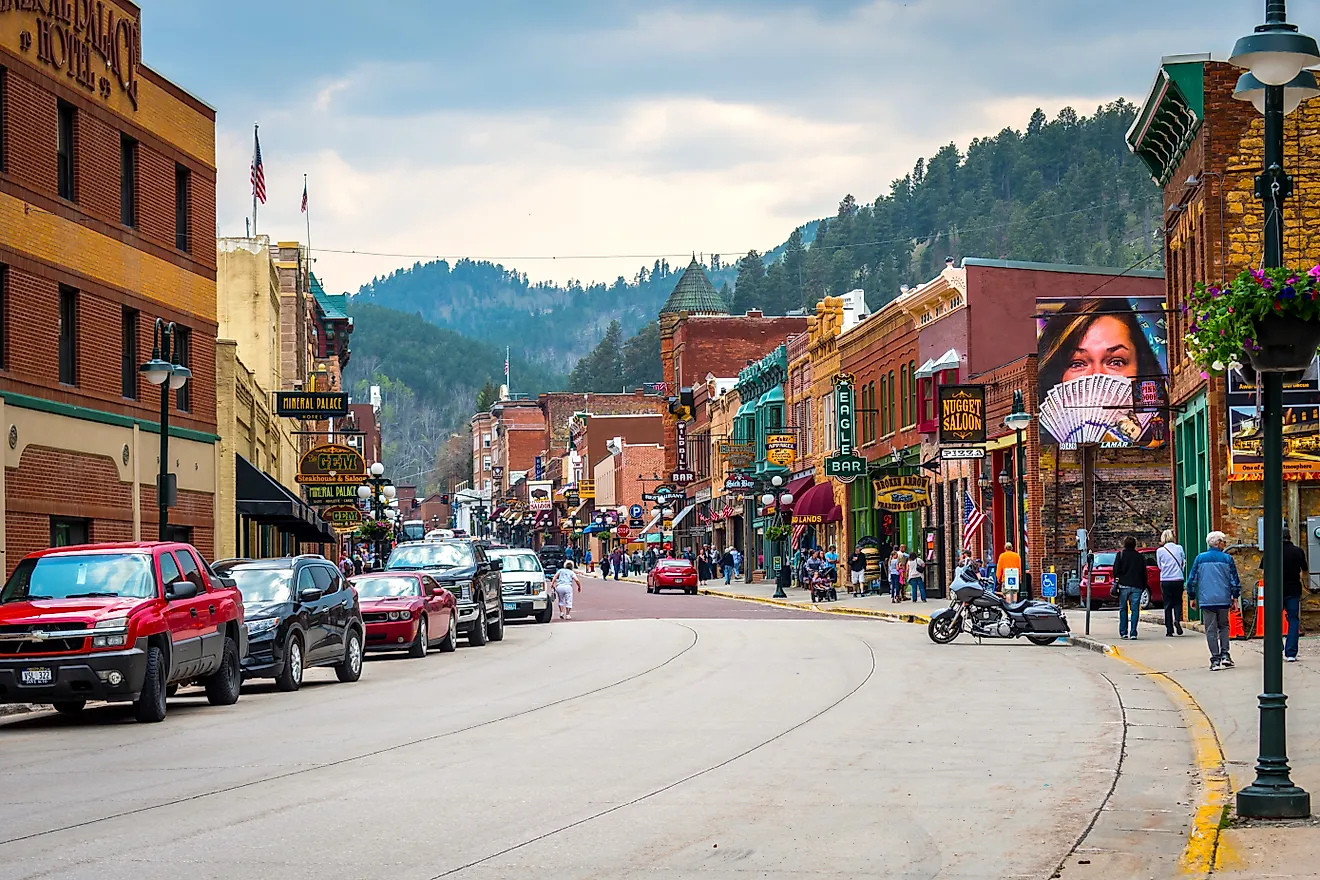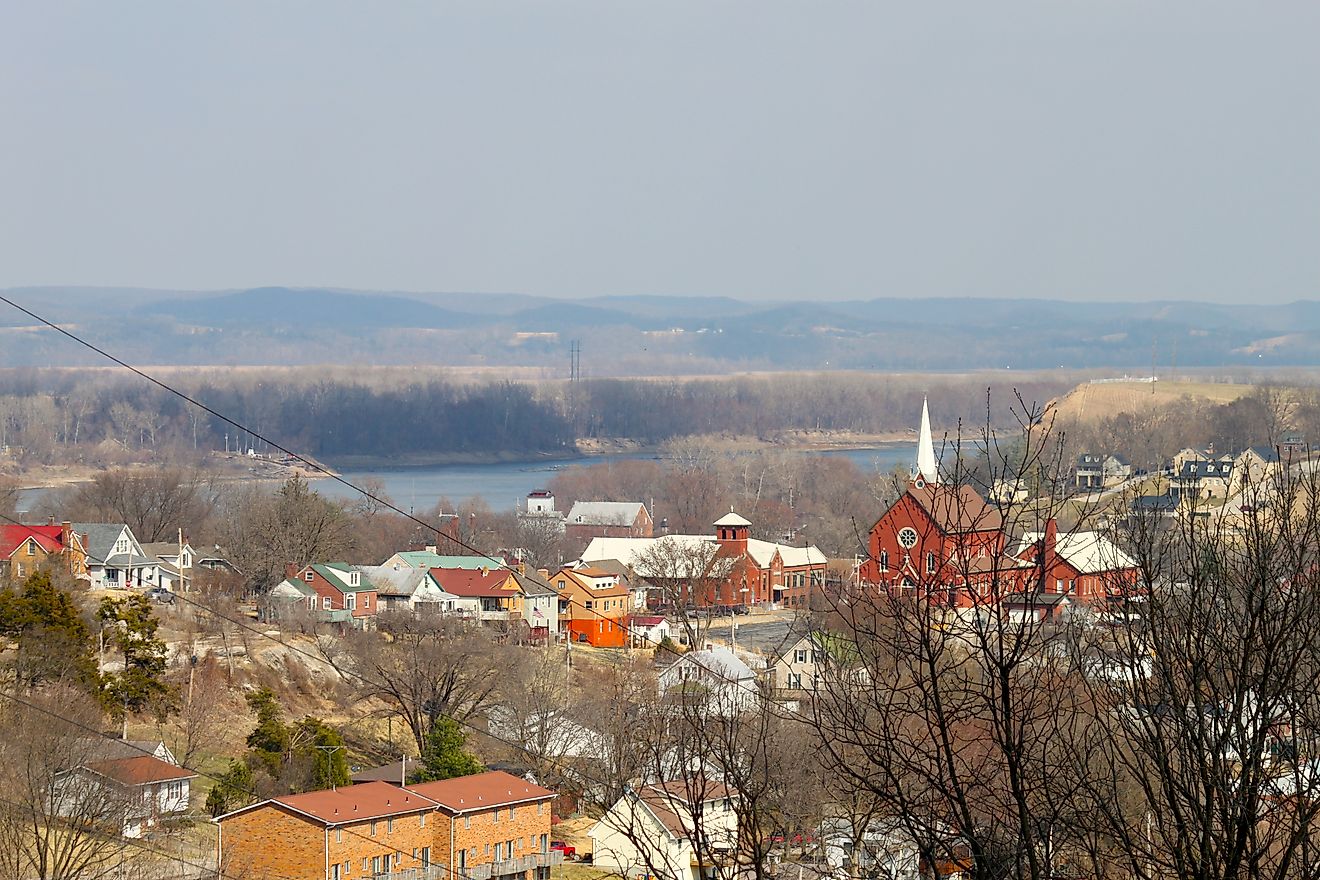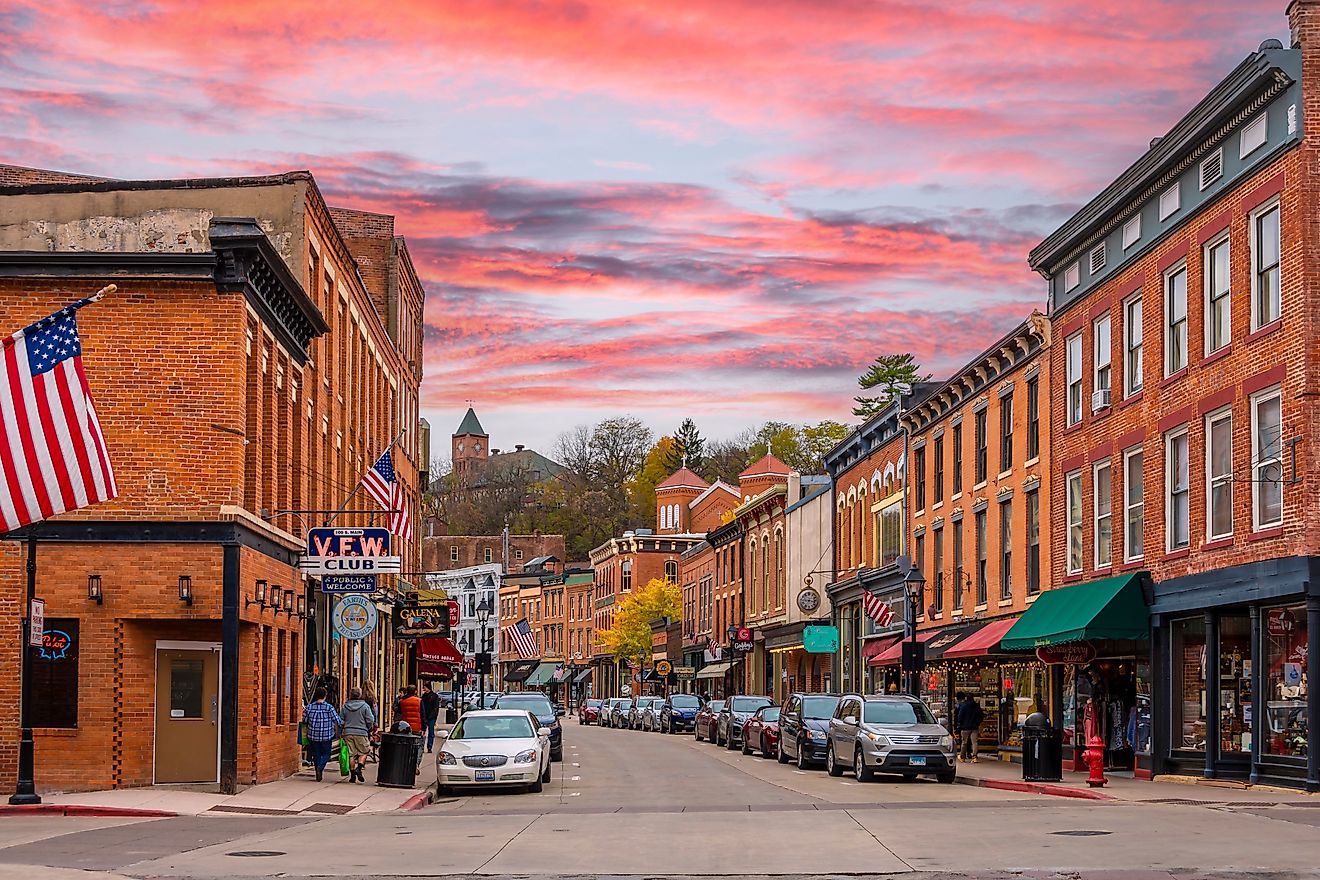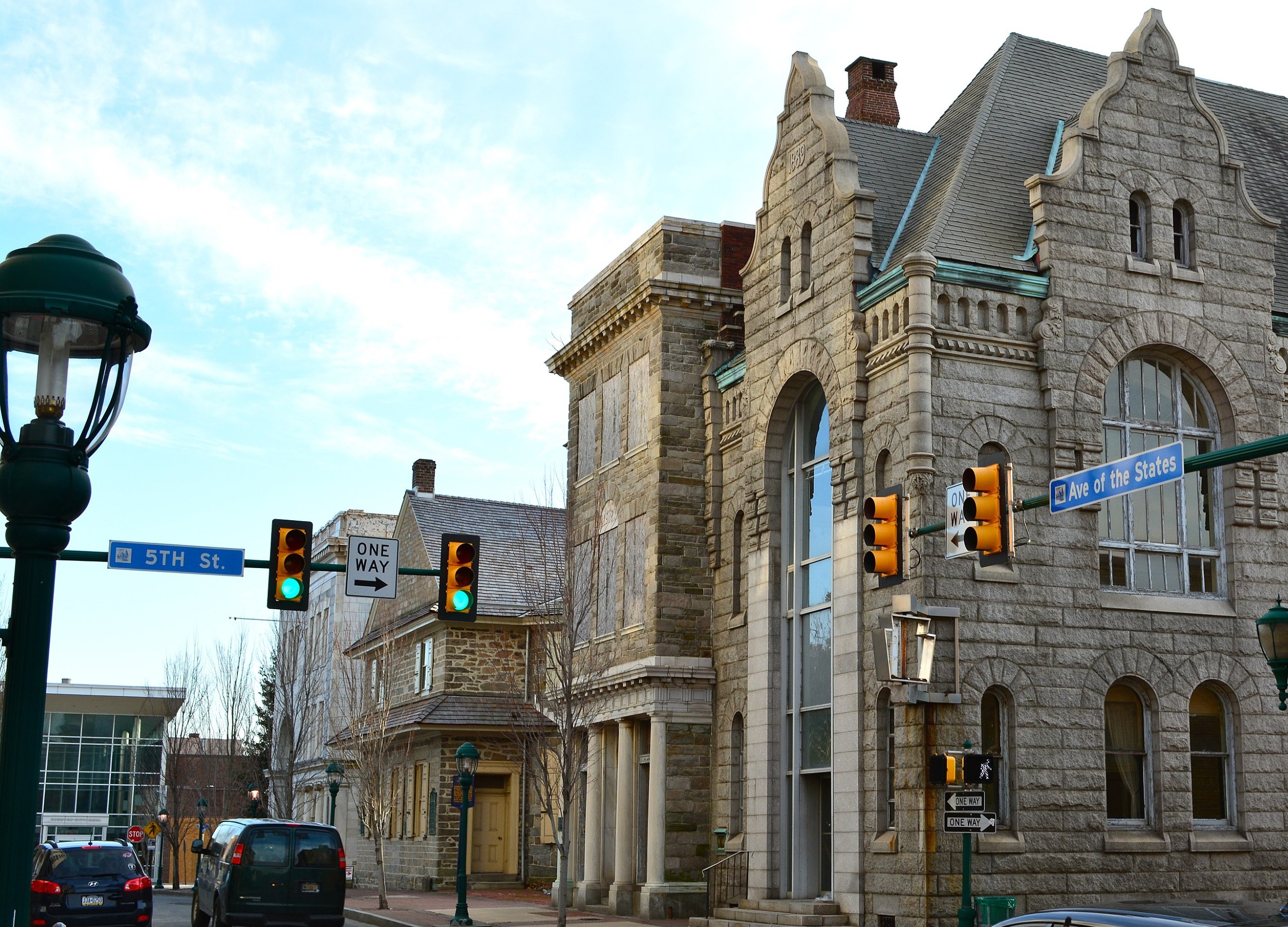
This Pennsylvania Town Is Older Than the State Itself
Pennsylvania is one of the most historic states in the US, being the second to ratify the US Constitution in 1787, five days after Delaware became the first state to do so, and Philadelphia serving as the Revolutionary capital.However, more than a hundred years before Pennsylvania became a US state, a settlement on the Delaware River briefly served as the colony’s administrative center and played a significant role in what became the United States. First settled by the Swedes, and then the Finns, and the Dutch, this town was one of the first places in the New World to be permanently inhabited by Europeans.
Today, it is the oldest town in Pennsylvania, with a history dating back to the 1640s, decades before the Province of Pennsylvania was founded. From its early beginnings as a hub for Swedish settlers to its establishment as a safe haven for Quakers, here is what to know about the historic town of Chester.
Early Beginnings
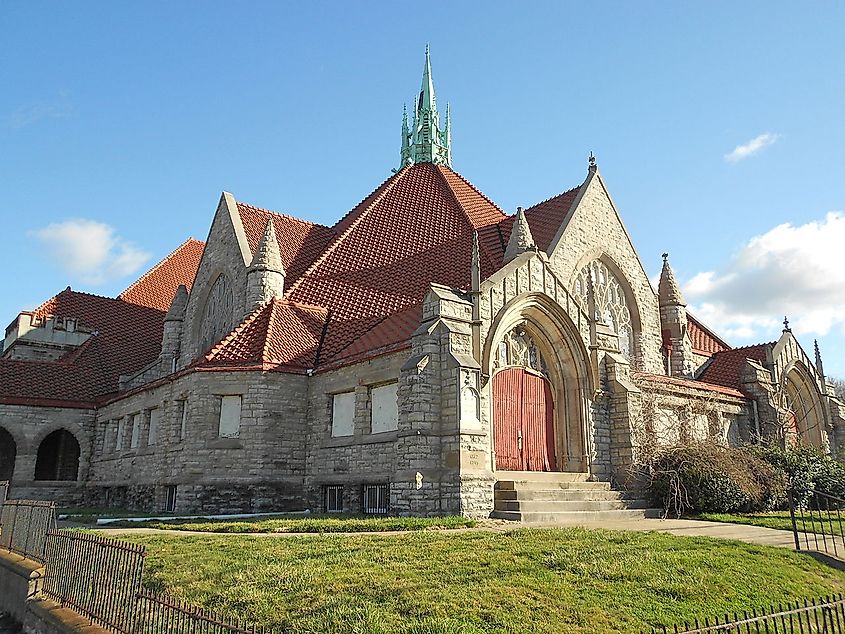
The area on the Delaware River now known as Chester was occupied by Swedish settlers as early as 1644, over 130 years before the American Revolutionary War, which gave birth to the United States of America. At the time, the settlement was known as Upland and was part of New Sweden, a colony which spanned parts of Delaware, Maryland, New Jersey, and Pennsylvania and lasted from 1638 to 1655.
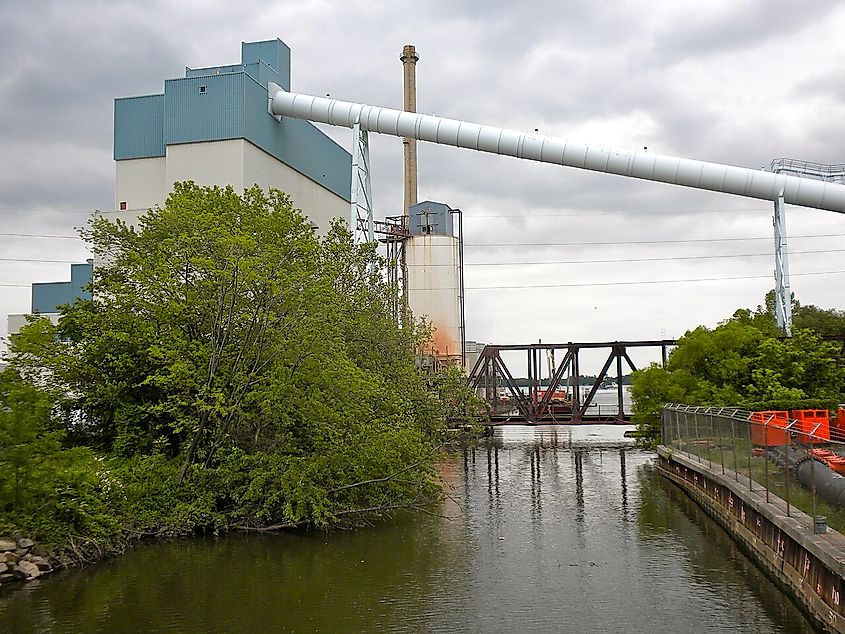
A few years later, in 1655, the Dutch Republic took control of New Sweden, and it became part of the colony of New Netherland. At the time, the Anglo-Dutch War, which was fought between the Dutch Republic and England, was already at full throttle. This war lasted between 1652 and 1674 but by 1674, the Dutch Republic ceded the colony of New Netherland to the English after the signing of the Treaty of Westminster of 1674. English expansion into the area followed shortly after.
Establishment of Chester
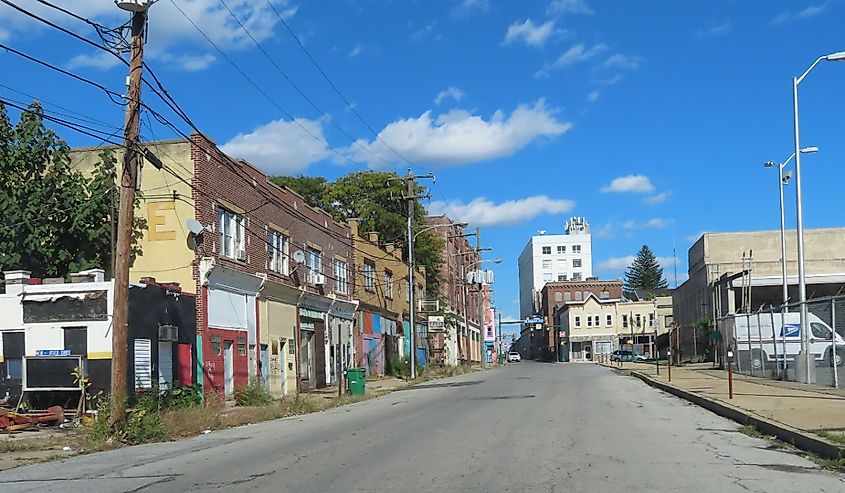
Chester’s establishment as a town began in 1681 when William Penn, a famous English Quaker, received the land through a grant from Charles II of England. In the same year, William Penn founded the Province of Pennsylvania as a safe haven for Quakers and other persecuted religious groups. The province spanned present-day Pennsylvania and Delaware and included the settlement of Upland, which was restablished in 1682 and renamed Chester after the namesake city in Cheshire, England, close to the border with Wales.
Chester was the location of William Penn’s first arrival in the Province of Pennsylvania in 1682 and served as the location of the province’s first general assembly, after which the area now known as Philadelphia was chosen as the capital. This was around 105 years before Pennsylvania officially became a US state in 1787, making Chester not just older than the state but one of the oldest-founded towns in what would become the United States.
Chester Over The Years
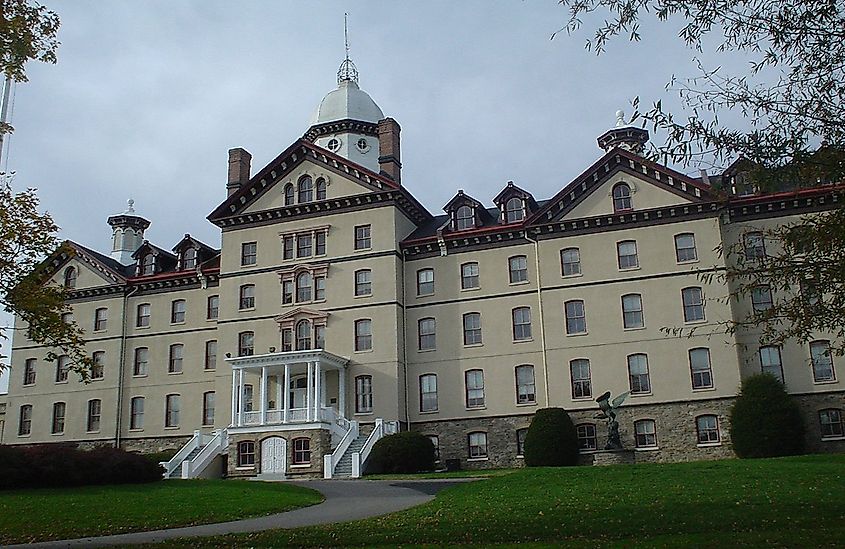
After its reestablishment as a town in 1682, Chester served as the seat of the English colony of Pennsylvania until the territory’s headquarters were relocated to Philadelphia. Nonetheless, the town remained relevant and played significant roles in the American Revolutionary War, and later wars, including World War I and World War II. Chester was officially incorporated as a borough in 1701, and between 1776 and 1777, several troops were stationed and trained there, including one led by Anthony Wayne, who would later lead the United States to victory in the Northwest Indian War.
Chester’s location on the Delaware River also made it a hub of business and manufacturing. By the mid-1800s, the town began to experience substantial development, with the establishment of several textile mills and factories, and in 1866, it was incorporated as a city. In 1870, Chester became home to the John Roach Company, the country’s first major shipbuilding and manufacturing establishment, where the US Navy’s first steel ships were built.
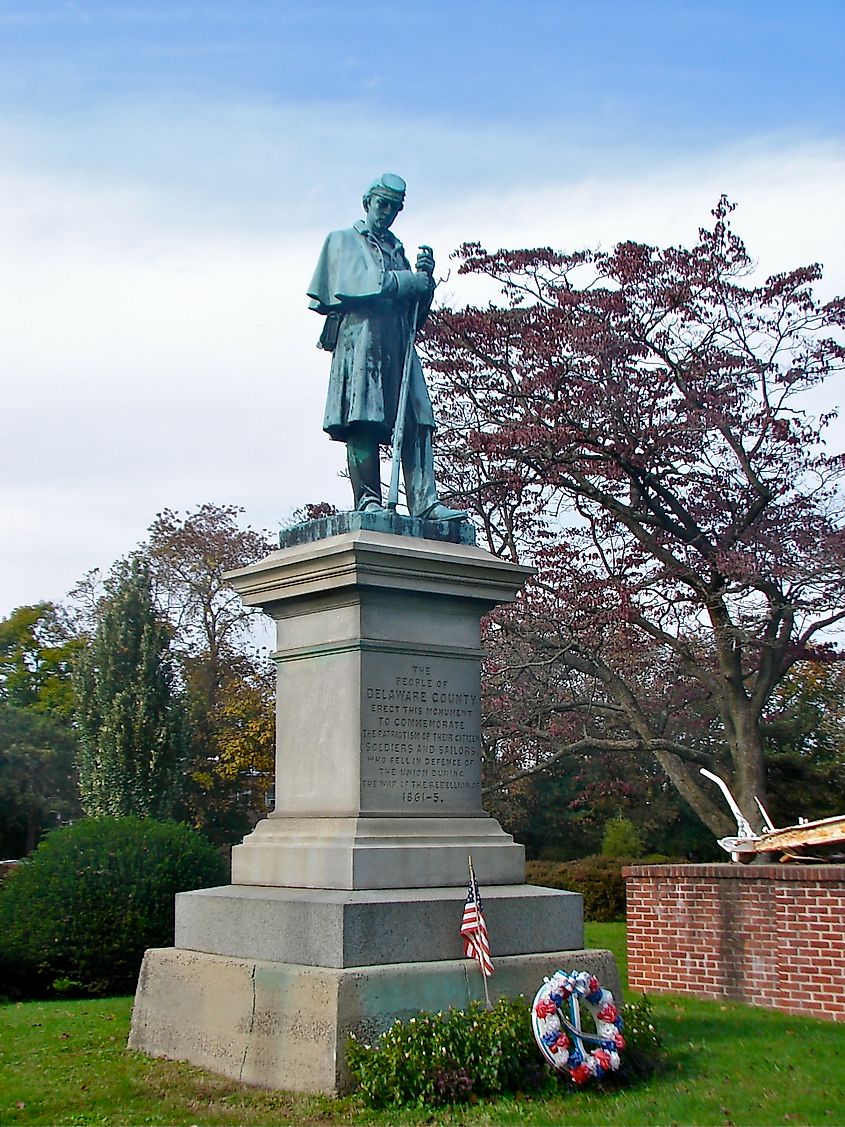
World War I (1914 to 1918) brought more growth to Chester, with a huge number of people migrating to the town for jobs as its shipbuilding and manufacturing industries expanded. World War II also triggered growth in Chester, with the Sun Shipbuilding and Dry Dock Company alone employing around 35,000 workers. In 1950, the town’s population peaked at more than 66,000.
After the world wars, most of Chester’s major employers closed, and those remaining greatly downsized. This led to a rapid decrease in the town’s population to 36,800 in 2000 and 32,600 in 2020. Despite being far from what it used to be in the early to mid-1900s, Chester remains a great place to visit for a trip back to the early days of Pennsylvania.
Why Chester Is Worth Visiting

Chester has come a long way from being a paradise for Quakers and a boomtown during the World Wars. Today, it is a vibrant town with historic significance and interesting landmarks worth a day trip or two. For starters, the Chester Courthouse still stands in the town today. Built in 1724, it is the oldest building in Pennsylvania and one of the oldest in the country. More interesting landmarks in town include the 1880s Delaware County National Bank, which was built in the Renaissance Revival Style, and the William Penn Landing Site, where the famous English Quaker first arrived in the Province of Pennsylvania.
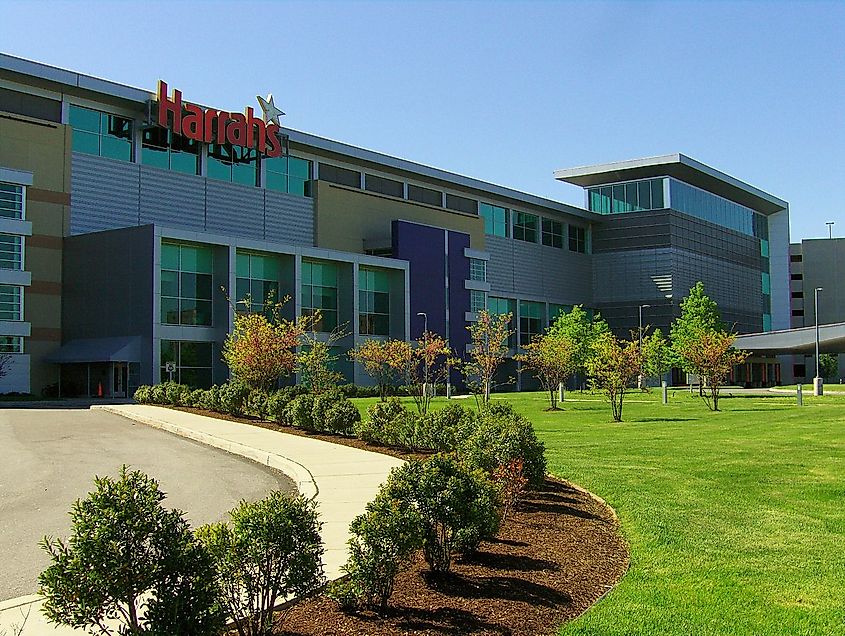
Chester is home to Widener University, which was established in 1821 in Wilmington, Delaware, and relocated to its present location in the late 1860s. Perhaps more exciting, the town hosts the Harrah’s Philadelphia, one of Pennsylvania’s best casinos, featuring thousands of slot machines, a 14,000 square foot event center, and delicious dining and more.
Additionally, the famous Subaru Park is on the town’s waterfront with gorgeous views of the Commodore Barry Bridge. This 18,500-seat stadium hosts regular soccer, lacrosse, and rugby games, and is home to the Philadelphia Union of Major League Soccer.
Chester Has Seen It All
From its earliest days, when it was operated as a tobacco plantation by Swedish colonists, to the early 1900s, when it was a boomtown, Chester stands as one of Pennsylvania’s most historically significant towns. Founded in 1644, it is the undisputed oldest town in Pennsylvania, surviving through the American Revolutionary War, World War I, and World War II. This town has seen it all, and today, the scars of all it has been through are still visible for all to see. The town remains a historic gem in Pennsylvania. It is gradually being set on the track to reclaim its glory with the recent establishment of significant points of interest, like Subaru Park and Harrah’s Philadelphia.


